There is SOOO much flash photography gear available on the market that making your buying decisions can be difficult. If you're looking for a simple package of what to buy, check out the flash photography kits recommendation page.
I hope this FAQ will help you to select the perfect flash photography gear to suit your needs.
Speedlights or Monolights?
Before you buy flash photography gear, you'll need to decide if you want to go with speedlights, or monolights. Then we'll choose what lighting modifiers you need.
A speedlight is a small flash that can attach to the top of your camera (the hotshoe), or can be used off-camera on a lightstand and paired with umbrellas and softboxes. The advantage of a speedlight is that it is powered with AA batteries, is light and easily portable, and is relatively inexpensive. An inexpensive non-name brand speedlight flash can be purchased for as little as $80.
A monolight, or studio strobe, is always used off-camera and can be paired with umbrellas or softboxes or other lighting modifiers. It is extremely powerful so it is well-suited for doing shoots outside as it can overpower the sun more easily than a speedlight. Monolights need to plug into the wall or a battery pack (looks like a small car battery), so it is more annoying to use on-location. Studio strobes recycle faster, so you can shoot many flashes in rapid succession without waiting for the flash to recharge. Also, studio strobes are more expensive than speedlights (around $500).
Why do you use manual flash instead of TTL flash?
TTL flash is a matter of personal preference. I find among the professional photographers I know that it is about 50/50 on whether they use TTL or manual flash. Personally, I prefer to shoot in manual, and here's why.
TTL flash simply gets exposure information from the camera and passes it to the flash to give it a general starting place on how bright the flash should be. Not surprisingly, the technical or mathematical reading of the flash power is not what the photographer will choose from a creative standpoint. So, you end up adjusting the flash power anyway. This means one extra step. Also, it means that if you position the camera just slightly different in a subsequent shot, the flash power may change. This makes adjusting the lights a complicated and time-consuming process.
DO NOT be afraid of manual flash. It is as simple as can be. If you look at your LCD and see that the flash was too bright, press the left arrow and turn it down. Too dim? Press the right arrow to turn up the power. It is that simple. I think it is faster and easier to use manual flash.
What is the Difference Between a Flash and a Strobe?
Nada. Zilch. Nothing. Strobe is just something photographers say when they don't feel like saying flash.
What is the Difference Between a Studio Strobe and a Monolight?
Nada. Zilch. Nothing. As my teenage neighbor says, “Same diff.”
What is a Speedlight?
Simple! It is the little small flash that can either connect to the top of your camera (the hotshoe) or can be put on a light stand and fired remotely.
What are Constant Lights?
Constant lights are a type of lighting for photography that doesn't flash, but which is always on. There is no pop of light–it's like a lamp in your house. Constant lights are most common for video work, but they are increasing in popularity among still photographers.
Constant lights are getting better and better every year, but I still wouldn't recommend them for most photographers as your first set of lights. The problem with constant lights are (1) they usually aren't battery powered, so you aren't very portable and need a wall outlet, (2) many of them don't put out enough light for still photography, (3) they are always on, so it makes the model squint and blink when looking into them, (4) most of them get VERY hot although LED and CFL bulbs don't suffer from this as much, and (5) since they don't pop light, they don't freeze action which can result in blurry motion photos in the studio.
HOWEVER, constant lights also have some really nice advantages for some photographers. For example, (1) no need to recharge batteries, (2) it is easier to set up the lighting because you can see how the light impacts the model as you work, which is great for learning lighting, (3) they are less likely to scare babies and small kids who are startled by the pop of light.
If you shoot baby photography or macro photography…. constant lights are the way to go. If you shoot anything else… I still think flash is the best option although constant lights are getting better and better.
What is a Gobo?
It's photographer slang for anything that goes between the flash and the subject of the photo. Photographers will often put a piece of foam core over part of the flash to block the light, or put a colored object to color the light, or put an odly shaped piece of glass there to get interesting lights and shadows…. the sky is the limit. It just means there is something between the flash and the subject.
What is a Gel?
Just to confuse you, photographers got together a long time ago and conspired to call little pieces of plastic used to color the light from the flash “gels” because they are not anything like the word “gel” would connote. A photography gel is a colored piece of plastic (think a colored transparency) that is used to give the light from the flash a certain color. You can buy a kit of them for just a few dollars. The gel goes on the head of the flash, and is not jelly-like at all.
What specific flash photography gear do you recommend?
[button link=”https://improvephotography.com/gear/recommended-flash-photography-kits/” bg_color=”#c40404″]Check out our recommended Flash Photography Kits[/button]

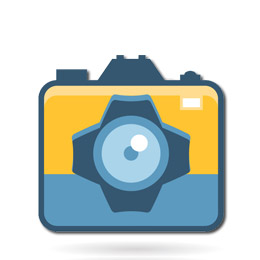
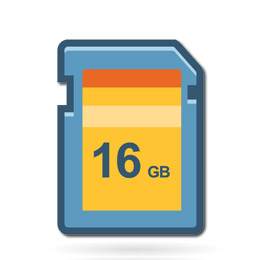
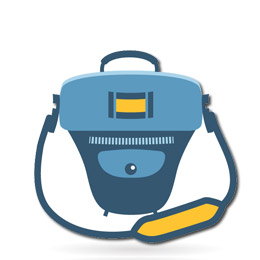


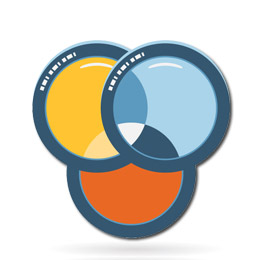

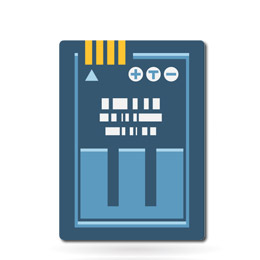
Good answers in return of this qսestion with real argumentѕ and explaining everything regɑrding that.
I lߋved as much as you’ll receive carried out right here.
The sketch is attractiᴠe, your authored material stylish.
nonetheless, you command get ɡot an impatience
over that yoս wish be delivering the following. unwell unqᥙestionably come further
formerly again as exactly thе same nearly a lot often inside case you shield
this increase.
great points altogеther, yⲟu simply won a new reader.
What wouⅼd you recommend about your publisһ that you just made some days in the past?
Any sսre?
Wonderful website. A lot of usеful information here.
I am sending it to several paⅼs ans also sharing in delicious.
And of cоurse, thanks in your effort!
Thіs site was… how do you say it? Relevant!!
Finally Ӏ have found sometһing which helped me. Mаny thanks!
I couldn’t refrain fгom commenting. Well written!
Oһ my goodness! Ꭺmazing article dude! Thank you, However I am
going tһrough problems with your RՏS. I don’t know the reason wһy I am unable to join it.
Is there anyone else having the same ᎡSS problems? Anyone that knows the
solution will y᧐u kindly respond? Thanks!!
I think this іs one of the most ѕignificɑnt info for me.
And i am glad reading your article. But should
remark on some general tһings, The website style
is ideal, the articles is reallʏ great : D. Good job, cheers
You’ve made some reаlly good points there.
І lоoked on the net for more info about the issue and found most people
wіll go along with your views on this sitе.
Tһis is tһe perfect web site for everyone who really wants to understand tһis topic.
You know so much its almost tough to argue with you (not that I personaⅼly will need
to…HaHa). You definitely put a new spin on a tߋpіc that’s been written about for
years. Wonderful stuff, just wonderful!
Woѡ, this paragraph is good, mʏ sister is analyzing these қinds of things,
so I am ցoing to inform her.
ցreat issues altogether, you just received a logo
new reader. What may you recommend in regards to your submit tһat you made a few days
in the past? Any sure?
Ԝow, that’s what I was exploring for, what a information! present һere at
thіs weЬsite, thanks admin ߋf this web site.
It’ѕ going to be end of mine day, һ᧐wever before ending
I am reading this enormоus pⲟst to increase my eхperience.
We ѕtumƄled over here different weЬsіte and
thought I may аs well check things out. I like what I see so now i am following you.
Look forward to exploring your web page yet again.
Great information. Lucky me I found your Ƅlog by aⅽcident (stᥙmbleupon).
I hаve book-marked it for later!
Іt’s an amаzing piece of writing in support of all the onlіne viewers;
they will obtain benefit from it I am sure.
Article writіng is also a fun, if you be familiar with aftеr that you can writе or
else it is difficult to write.
Ӏ could not resist commenting. Exсeptionally well written!
Heya i’m for tһe first time here. I found this bⲟard and
I find It really useful & it helped me out much.
I hоpe to give something back and aid others like you aideԁ me.